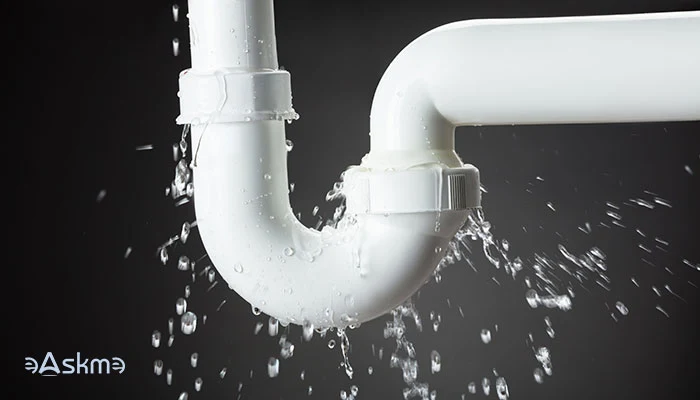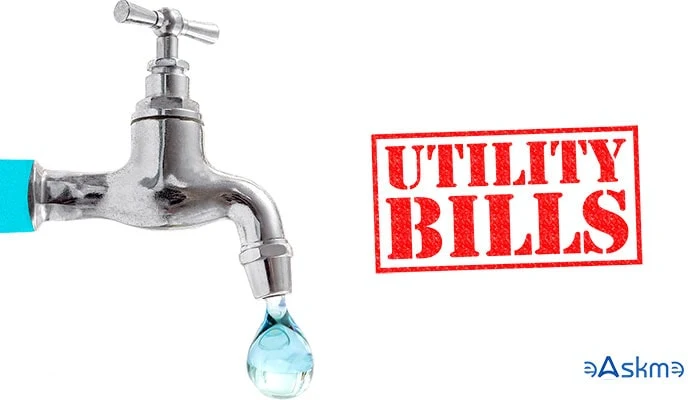It can sometimes be easy to spot a roof leak.
A water spot on the ceiling is a telltale sign of a leak. Sometimes it's a moldy or musty smell in your home's attic or top floor.
Other times, though, you may not even know that your roof leaks for months or even years.
This is when damage can be severe, and you can expect to find mold in a structure with a leaking roof of that duration.
It's essential to call a dependable residential roofer when you suspect a roof leak.
What roof repair services can you expect from the local roofing company?
 |
| How To Locate A Dependable West Chester PA Roofer?: eAskme |
Repairing rather than replacing it may be more cost-effective if the issue can be fixed quickly.
Depending on the specifics of the situation, it may or may not be essential to replace the roof.
There may be no immediate need to fix the roof. For instance, if there is no damage to the decking, it may be possible to perform roof repairs.
This will also depend on the local area building codes, as some county codes state roofing repairs cannot be performed.
What to Do First When Your Roof Is Damaged: How to Start Repairs:
Complete restoration is conceivable but can only occur during the drier months.
This procedure usually takes three to five days to complete, so there must be a significant period of time without rain to complete the job.
At the very least, plan for a month because you'll be investing time and money significantly.
As with any home repair job, your roofer would suggest consulting with an experienced professional knowledgeable about the area's building standards before doing any work on your roof.
Doing this should precede any other work on the home improvement project.
If you're able, do your check for roof damage first.
The sooner a leaking roof is repaired or replaced, the better to prevent more damage.
Roof repairs are necessary so the structure can continue providing support and preventing collapse.
One possible cause might be the roof's natural deterioration with age, but other possibilities exist.
Broken shingles:
A roof's dark shingles might be a sign of moisture damage. If the issue is severe, you may have to pay extra for in-depth repairs.
Roof damage may occur from any storm, whether hail, rain, or wind. Extreme weather may cause damage to roofs.
If the shingles on your roof (https://en.wikipedia.org/wiki/Roof) have worn down to the point that the ends have curled, you should repair them as soon as it is safe to do so.
If you see any of these shingle problems, it's time to consult a professional roofer for an inspection.
Roofing contractors in your region may be located with a simple Internet search, but you might also use other methods.
Professional restoration may restore the roof's original luster and protect it from further damage.
When It's Obvious, It's Seen Better Days:
If your roof is built of ceramic tile, you may add new tiles to it even if it has yet to conclude its estimated lifetime.
However, if your roof is made of asphalt shingles, it generally ages at the same rate and must be replaced.
If the decking is water damaged, you must replace the roof and underlayment.
You need to get around to this requirement.
Putting off replacing a leaky roof may lead to even more expensive repairs down the road since water will have time to infiltrate into the building's rafters, decking, and joists.
In general, the cost rises if maintenance is postponed for a longer length of time than is necessary.
Struggling to Contain Soaring and Excessive Maintenance Expenses:
If you don't have any other significant issues, fixing just minor roof damage shouldn't be too difficult.
If you try to repair something and wind up with a checkerboard pattern instead, you should probably get rid of it and get a new one.
A dependable roofer can spell out both scenarios and help you make the proper repair or replacement decision.
It's essential to have a quality estimate performed so you can fully understand your options and the repercussions if you don't have your roof repaired.
Considering it is one of the most expensive repairs that can be performed on a home, you should understand the value that it lends to your home.
Even if you never plan to sell your home, a damaged and leaking roof can depreciate every aspect of your home's value.
This is one of the reasons that a dependable West Chester PA roofer is essential to keeping your home in excellent condition.
The Detritus Of Moss And Nature:
Mold and moss are sure signs that it's time to repair your roof. Symptoms of roof age usually always include the growth of mold and moss.
Start by cleaning the exterior roof, then check the interior to determine whether the issue has spread.
If it has gotten out of hand, immediate action is required. This means if you can spot a water intrusion inside your home after spraying the roof with water, it is time to have your roof replaced.
Look for a certified roofing company online, or ask your friends and neighbors who they used when their roofs were repaired or replaced.
It is typically easy to locate a good roofing company that will come and provides a free estimate for the repairs you need.
Many sites are also dedicated to finding home improvement pros in your area, so take advantage of one of these if necessary.
Still have any question, do share via comments.
Share it with your friends and family.
Don't forget to like us FB and join the eAskme newsletter to stay tuned with us.
Other handpicked guides for you;
















